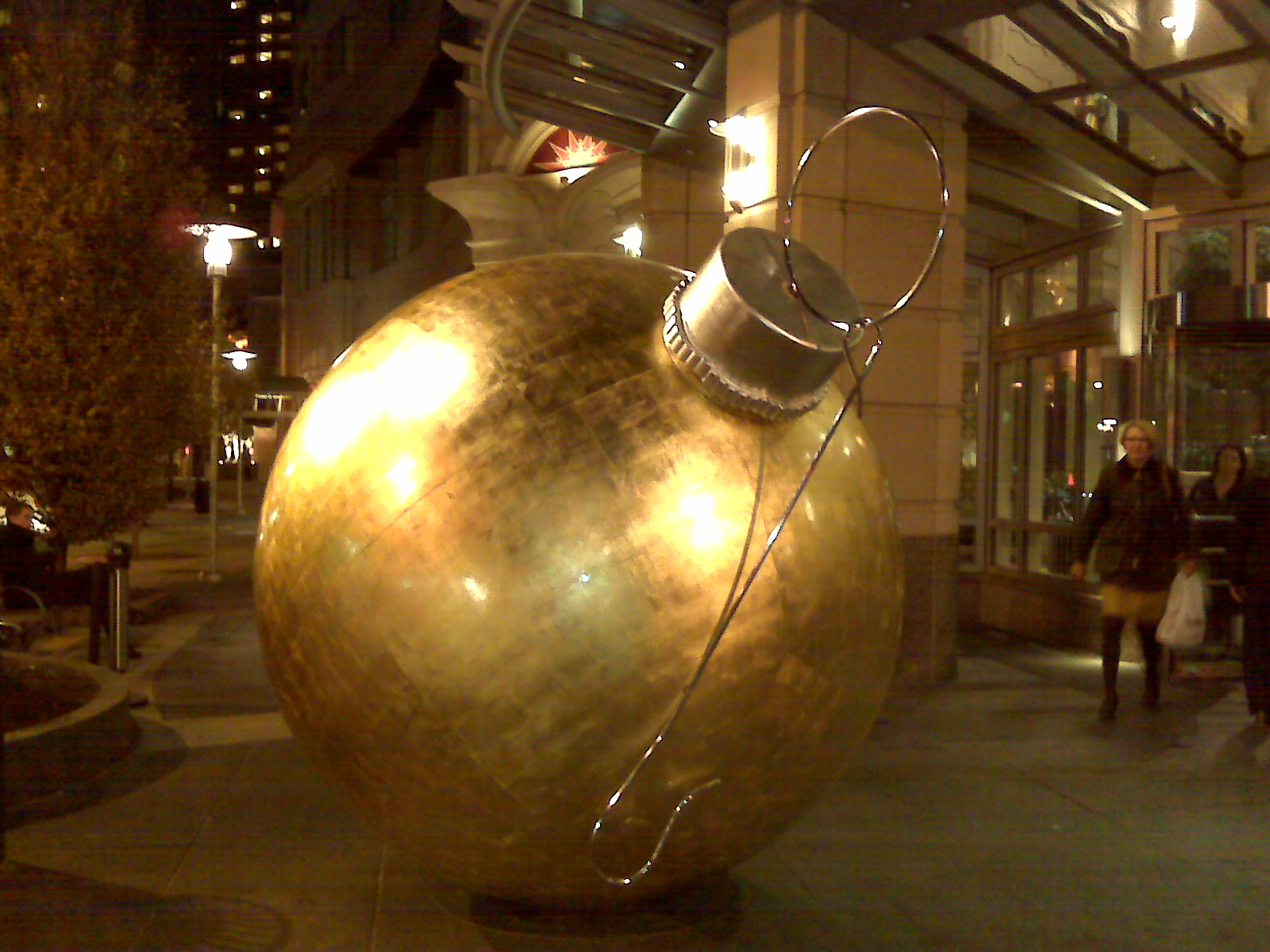SD police officer, Amanda Estrada, was cited in November 2013, for operating a vehicle while intoxicated. She was driving on Rancho Bernardo Road, east of I-15, when California Highway Patrol (CHP) pulled her over on suspicion of drunk driving. She was taken to the CHP San Diego office where she took the required test to measure her blood-alcohol content (BAC).
The delayed test allegedly showed that Estrada was under the .08 blood-alcohol content standard. She was just cited and released from the CHP office to a designated driver, with a date to appear in court on December 2nd. That date has been continued and Estrada remains on administrative duties while her case is pending.
This is the second San Diego officer to be charged with driving while intoxicated after a delayed test within the past year. Detective Jeffery Blackford was involved in an accident after drinking, so he reached out to other San Diego officers to assist him. His BAC test was also delayed and he eventually plead guilty to drunk driving and was sentenced to probation and community service.
Do the citizens of San Diego have different standards than San Diego cops when it comes to DUI laws? Based on these two cases, I would say YES! If you are pulled over on suspicion of drunk driving and the officer smells alcohol on your breath, you more than likely will be arrested and charged with drunk driving, and you will be taken to jail, as the CHP states in its ad campaigns. You will not be allowed to call a designated driver to take you home, with a simple citation and promise to appear in court.
Further, the officers will take whatever steps they can to ensure they test your breath or blood post arrest as close to the time of driving as possible, in an attempt to get the BAC reading within the 3-hour presumption. [Note: Within the vehicle code there is a rebuttable presumption. If the driver took a chemical test within three hours of driving, and the result of that test is a .08 percent or more, it is presumed the person had a BAC at or above a .08 at the time of driving.]
The community should be outraged by the double standards and complaints should be filed with the San Diego Police Department and CHP.
The above blog article is not legal advice. For information about a specific case, speak to a drunk driving attorney in your area.
 San Diego DUI Lawyers Blog
San Diego DUI Lawyers Blog






